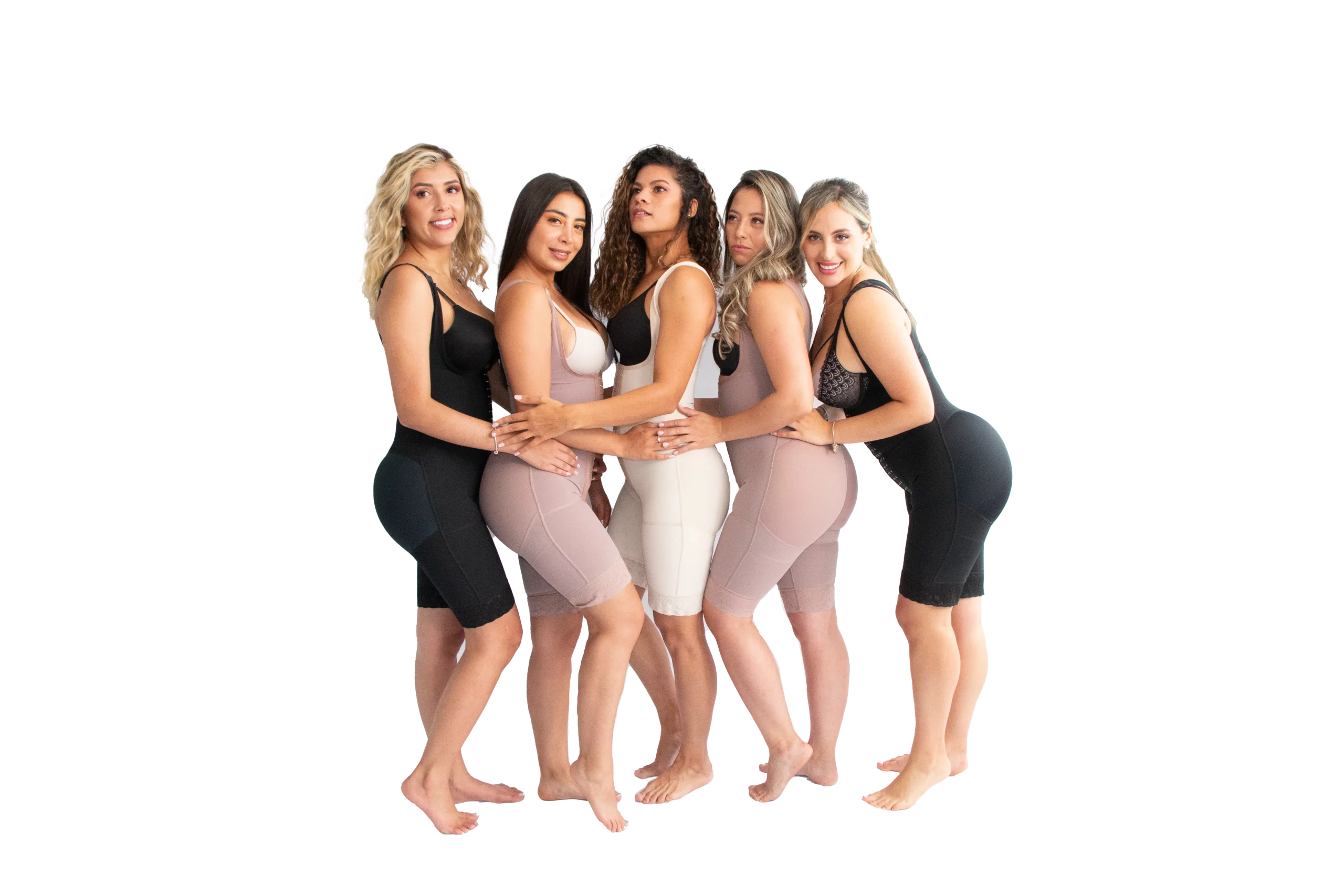Compression garments play a crucial role in the recovery process after cosmetic surgery, providing support, comfort, and aiding in the healing process. In this comprehensive guide, we’ll delve into the benefits of compression garments, explore the different types available, and provide tips on choosing the perfect garment for your needs.
Benefits of Compression Garments
Compression garments offer numerous benefits for post-surgery recovery, including:
1. Reduced swelling and bruising
By applying gentle pressure to the surgical area, compression garments help minimize swelling and bruising, promoting faster healing.
2. Improved blood circulation
Compression garments enhance blood flow, which aids in the delivery of oxygen and nutrients to the surgical site, further accelerating the healing process.
3. Support and comfort
Compression garments provide support to the treated area, reducing discomfort and promoting better posture during the recovery period.
4. Scar management
Properly fitted compression garments can help flatten and soften scars, leading to improved cosmetic outcomes.
5. Prevention of complications
Wearing compression garments as recommended by your surgeon can help prevent complications such as seromas and hematomas.
Types of Compression Garments
There are several types of compression garments available:
1. Surgical compression garments
Specifically designed for post-surgery recovery, these garments provide targeted compression to the surgical area, promoting optimal healing.
2. Shapewear compression garments
These garments offer compression to various parts of the body, such as the abdomen, thighs, and buttocks, to enhance body contouring results and provide support during everyday activities.
3. Athletic compression garments
Designed for athletes, these garments improve muscle recovery, reduce fatigue, and enhance performance by increasing blood circulation and reducing muscle vibration during exercise.
How to Choose the Right Compression Garment
Follow these steps to choose the right compression garment for your needs:
1. Consult your doctor
Your doctor will recommend the appropriate type and size of compression garment based on your specific procedure and recovery needs.
2. Consider the compression level
Choose a compression level recommended by your surgeon for optimal results.
3. Ensure proper fit
Proper fit is essential for the effectiveness of compression garments. Take accurate measurements and refer to the manufacturer’s sizing chart to select the correct size.
4. Look for quality materials
Choose compression garments made from breathable, moisture-wicking fabrics that provide comfort and durability during extended wear.
5. Check for features
Consider additional features such as adjustable straps, seamless design, and reinforced panels for targeted compression and maximum comfort.
Recommended Wear Times
The duration for wearing compression garments varies depending on the type of surgery:
- Liposuction and fat transfer surgeries: We recommend wearing compression garments for at least 3 weeks to aid in the healing process and minimize swelling.
- Awake tummy tuck surgeries: For these procedures, we advise wearing compression garments for a minimum of 6 weeks to support the newly contoured abdomen and optimize results.
One Of Our Favorite Options
To assist you in finding the perfect compression garment for your needs, we’ve curated a selection of high-quality products available for purchase online:
- [Shapewear Land: Surgical Compression Garments]
Use Our 15% OFF Promo Code: INNOVATIONS

Conclusion
Compression garments are an essential component of the post-surgery recovery process, offering numerous benefits for optimal healing and comfort. By understanding the different types available and choosing the right garment for your needs, you can accelerate your recovery and achieve the best possible results. Explore our recommended selection of compression garments through the affiliate links provided to start your journey towards a smoother, more comfortable recovery experience.
